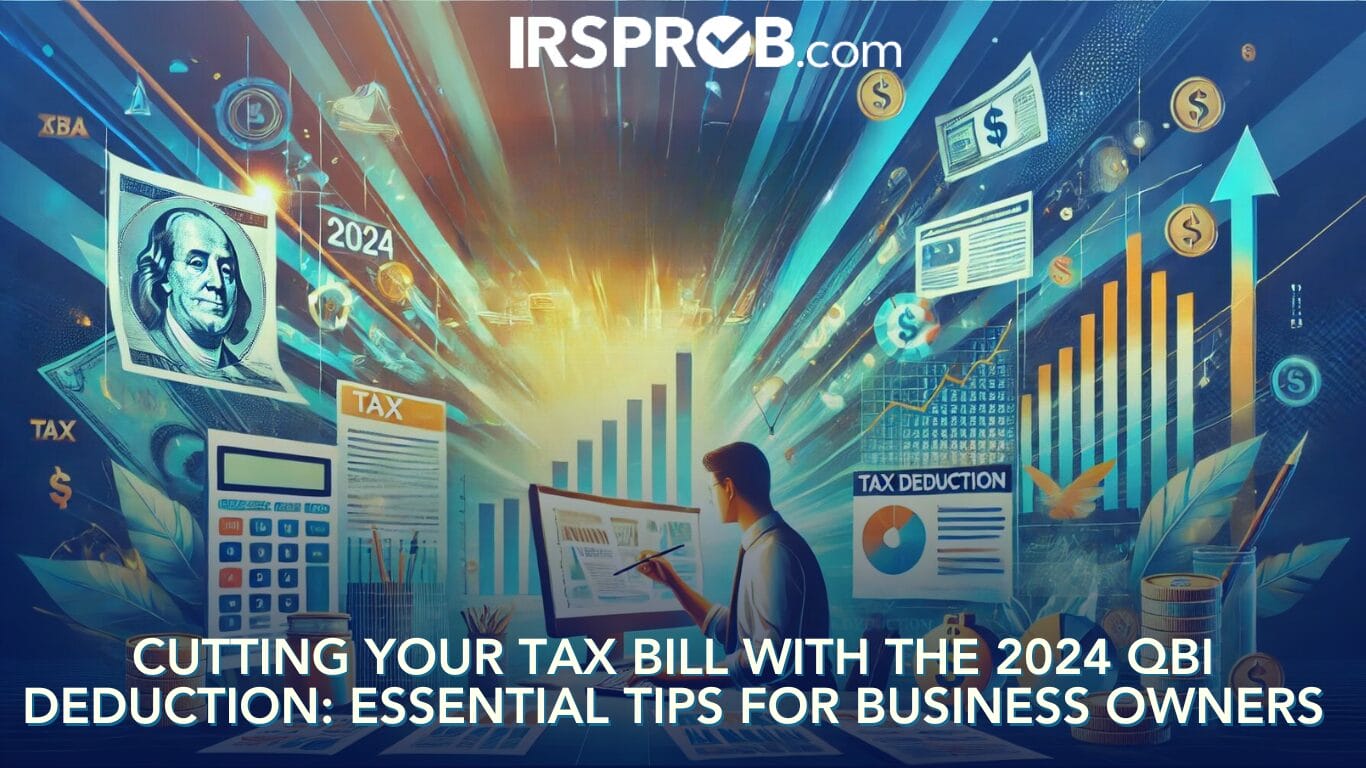
As a business owner, finding ways to legally reduce your taxable income is a smart move. The 2024 QBID offers a unique opportunity for eligible businesses, allowing you to deduct up to 20% of your qualified business income (QBI) and reduce your tax liability. Whether you own a partnership, S corporation, LLC, or sole proprietorship, understanding how to leverage this deduction can provide significant savings.
Here’s what you need to know about this deduction and how it can work for your business.
What is QBI, and How Does it Apply?
QBI is essentially your business’s net income after accounting for expenses but excludes items like capital gains, dividends, or foreign income. If your business qualifies, you may deduct up to 20% of this income, reducing your taxable amount.
Who Can Benefit?
Most businesses operating within the U.S. can benefit, including those structured as partnerships, LLCs, and sole proprietorships. However, not all income qualifies. Income earned as an employee or through investments like real estate not actively managed doesn’t count toward the QBID. There are also limits based on your taxable income.
For example, in 2024, single taxpayers with taxable income under $191,950 and married couples filing jointly under $383,900 can take the full deduction without phase-ins or limitations. If your income exceeds these thresholds, wage and property limitations begin to apply.
Special Considerations for Real Estate Owners
Business owners with real estate holdings should pay attention to whether their property qualifies as a rental business. If you actively manage your rental properties and spend 250 hours or more on rental activities per year, your real estate may qualify for the deduction. This is crucial for maximizing tax benefits from property investments.
When Limitations Apply
If your taxable income exceeds the threshold, you’ll need to calculate limitations based on your business’s wages and property holdings. For example, if you’re a sole proprietor and paid wages or own significant property, your deduction may be limited to 50% of your business’s wages or 25% of wages plus 2.5% of property value.
For service-oriented businesses, such as those in law, accounting, or consulting, the QBID is further restricted if your income is too high. In such cases, planning ahead with a tax advisor can help minimize these limitations.
Real-World Example: How It Works
Consider Mike, who owns a sole proprietorship producing beef jerky. In 2024, Mike’s taxable income is $225,000, and he paid $20,000 in wages to his employee. He also purchased a new dehydrator for $100,000. Although Mike’s business generates $180,000 in qualified business income, his QBID is limited by the wages and property rule, capping his deduction at $10,000.
Key Takeaway for Business Owners
The QBID is a valuable tool for reducing your taxes, but it requires careful planning, especially if your income fluctuates near or above the thresholds. Working with a tax advisor to understand your specific situation can help you maximize this deduction and keep more money in your business.
Final Thoughts
Whether you’re running a service-based business or managing rental properties, the QBID offers an opportunity to reduce your tax burden. However, understanding the various rules and limits is crucial for ensuring you’re eligible for the full deduction. As tax laws evolve, staying on top of these changes and planning ahead will allow you to take full advantage of this powerful tax-saving tool.
For further questions about how the QBID can apply to your business, or for personalized tax advice, feel free to contact IRSProb.com.









